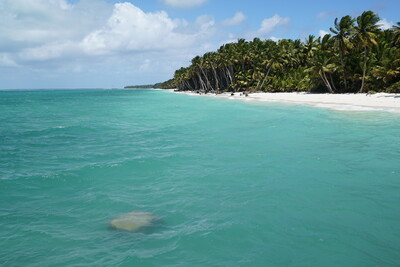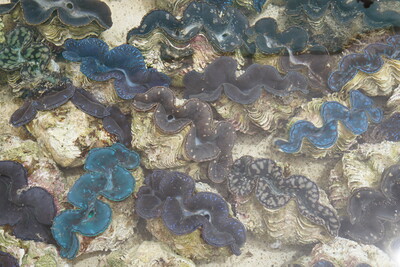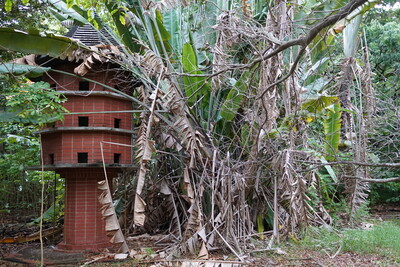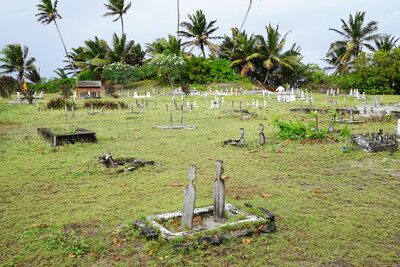The Indian Ocean Territories Cocos Keeling And Christmas Island
Anodes of Tourism, The Bends and the Monocultural Spirit: Cocos Keeling Islands, Indian Ocean.
A place of great isolation. A chimeric coordinate. Far, far, far west off the coast of Western Australia and severely south of India and Sri Lanka, lays a cluster of less than 40 tiny atolls, of which only two are inhabited by humankind – Home Island and West Island. This is where Charles Darwin popularized coral, the thing that is more phenomenal than organismal (or more aptly understood as a symbiont – the mutualistic architecture of polyp and algae) to the world of letters and issued seminal impressions on atoll formation.

What exactly is an atoll? Imagine the plane of the ocean as a window with the encrusted impression of osculating lips or an open mouth. A kiss mark at the scale of a city. Geologically this is the top ring of an inactive, submerged volcano at the water’s surface. The volcanic crater, its defunct core, will, over the course of millennia, either fill itself with sand and sediment to form a terroir for vegetal succession, or remain an impossibly vast pit that bleeds color. Where lava once flowed, now exists the domain of the spineless.

But, what would Charles Darwin think about present-day Cocos Keeling? Would he include human beings in his holobiontic descriptions of the resident complexes of coral, fish, manta ray, sirenian, and turtle? I believe he would. What is most evident on this Australian atoll protectorate is that humans engineer their own ecologies, build their own reefs, and that their machinations above sea level are inextricably linked to those non-human expressions below.

This geography is freighted with queries, but one, among many, begs further scrutiny: Coral has no life/death chronology. It is living while dying; it lives to grow inside, among and atop the corpses of its neighbors and progenitors. The coral ecosystem is a ceaseless hermaphroditic metabolism that understands its own demise to clone itself towards a bigger and brighter, quite literally, future. Repetitive, asexual, amoral. Thomas Mann wrote in Death in Venice that “being born is the first stage of death.” The phylogenetics of coral demonstrates this. But have humans built this conceit into the environments that signify their survival in the same way as corals have? This journey progresses toward a verdict.

The primary human “reef” on West Island, which is home to some 110 inhabitants, surrounds the airport nucleus and is composed of a bar, a tourist information center, a post office, a supermarket, and a shoe-less golf club. Collectively, their prefab angles and expat marginalia form the town matrix. Stemming from the center of town are a few main roads that lead to vernacularized tract homes, hidden beach entrances and surf caches, vacation bungalows, a government motel, a school, a transfer station (a.k.a. a dump), and a health clinic. West Island is home to the white-skinned races, mostly of Australian lineage, but softly swells by day with Malaysian service sector/administrative workers who shuttle from Sunni Muslim Home Island via ferry.

The slightly larger Home Island boasts about 600 permanent residents and is a mixture of a lush suburban grid, the afforested ruins of a Victorian coconut plantation, shores of sun-greyed coral skeleton and blackened tide pools, a wind-swept cemetery and a permanently closed ethnographic museum. The Malaysian population radiates a tacit kindness.



